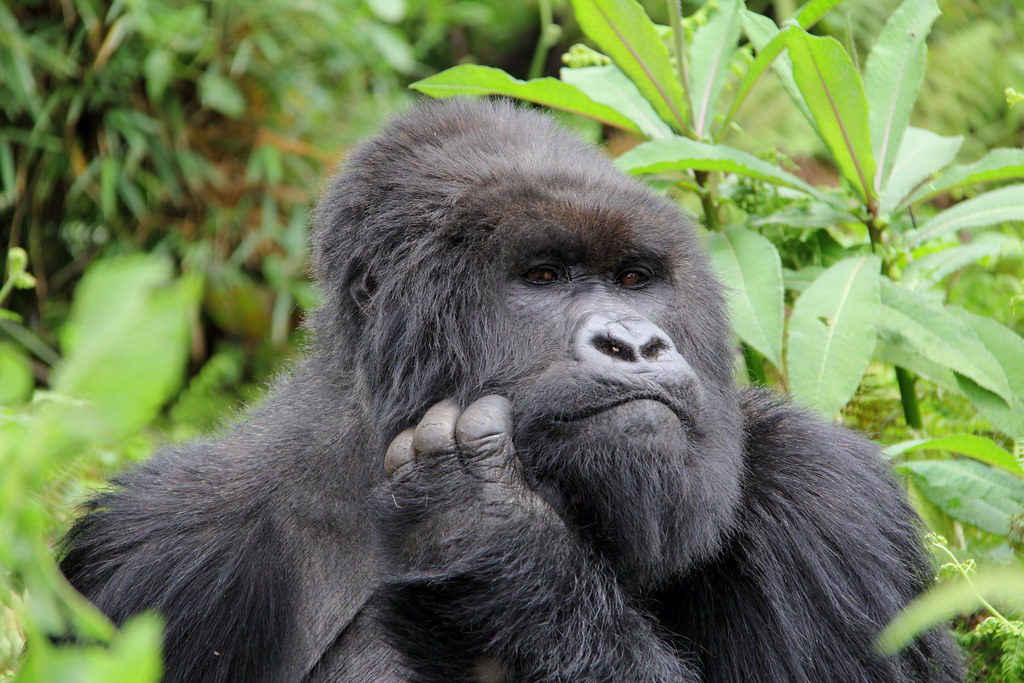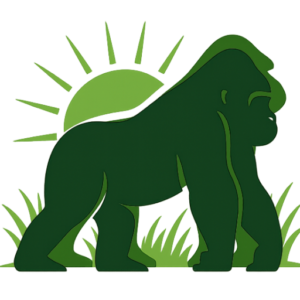Is Gorilla Trekking in Rwanda Challenging or Difficult?
Gorilla trekking in Rwanda is one of the most extraordinary wildlife experiences in the world — a journey that brings you face to face with the majestic mountain gorillas of the Virunga Mountains. But as breathtaking as the experience is, many travelers wonder: Is gorilla trekking in Rwanda difficult?
The short answer is it can be challenging, but with the right preparation, almost anyone in good health and with moderate fitness can complete it successfully. The terrain, altitude, and weather all play a role in how demanding the trek feels, yet the reward of standing just meters away from a gorilla family makes every step worthwhile.
Let’s explore what makes gorilla trekking in Rwanda both a physical and emotional adventure, and what you can do to make it easier and more enjoyable.
The Nature of Gorilla Trekking in Rwanda
Gorilla trekking in Rwanda takes place in Volcanoes National Park, located in the country’s northwest, about two and a half hours from Kigali. The park lies within the Virunga Massif, a range of volcanic mountains covered with dense rainforest, bamboo, and hilly terrain — the natural home of Rwanda’s mountain gorillas.
Each trek begins early in the morning at the Kiningi Park Headquarters, where visitors are briefed and assigned to a specific gorilla family based on fitness level, interest, and age. The trek to find the gorillas can last anywhere between 30 minutes and 6 hours, depending on where the gorillas are located that day.
The park’s rangers and trackers monitor the gorillas daily, so visitors always have a good chance of finding them. However, reaching them often involves hiking through thick vegetation, muddy slopes, and steep hills.
How Challenging Is It Really?
The difficulty of gorilla trekking in Rwanda varies for each person and group. Here are the main factors that influence how tough the experience can be:
1. Terrain and Elevation
The Virunga Mountains are rugged and steep, with altitudes ranging between 2,500 and 3,500 meters (8,200–11,500 feet). Trekking involves climbing hills, descending into valleys, and sometimes navigating slippery forest floors. The trails are natural — not paved — and can be muddy, especially during the rainy season.
2. Altitude Effects
Because of the high elevation, some trekkers may feel mild effects of altitude, such as shortness of breath or fatigue. Taking the trek slowly and staying hydrated helps manage this easily.
3. Weather Conditions
Rwanda’s Volcanoes National Park experiences tropical weather, which can change quickly. Even during the dry season, rain can fall unexpectedly, making the trails wet and slippery. Good hiking boots and a walking stick are essential for stability.
4. Duration of the Trek
Some gorilla families are located close to the park entrance, making for short and easy treks. Others live deeper in the forest, requiring longer hikes that can last several hours. The Rwanda Development Board usually assigns gorilla families based on your fitness level — older or less fit visitors are placed in groups that trek shorter distances.
5. Physical Fitness
You don’t need to be an athlete to trek, but a moderate level of fitness helps. Being comfortable with uphill walks, uneven paths, and 2–4 hours of hiking ensures you’ll enjoy the experience rather than struggle through it.
How to Make Gorilla Trekking Easier
If you’re concerned about the difficulty, here are practical tips to make your trek smoother and more enjoyable:
-
Hire a porter: Porters are available at the park entrance to carry your backpack or help you up steep slopes. They’re experienced and make a huge difference, especially in challenging terrain.
-
Wear proper gear: Good hiking boots, gaiters, long trousers, a rain jacket, and gloves will protect you from thorns, mud, and rain.
-
Use a walking stick: Provided at the start of the trek, it helps maintain balance on slippery trails.
-
Train before your trip: A few weeks of light cardio, walking, or hiking practice will improve your stamina.
-
Stay hydrated and carry snacks: Bring water and energy snacks to maintain strength throughout the trek.
-
Follow your guide’s pace: Rangers are experienced and will ensure the group moves comfortably and safely.
When Is the Best Time to Trek Gorillas in Rwanda?
The dry seasons — from June to September and December to February — are the best times for gorilla trekking. Trails are less muddy, and weather conditions are generally more predictable. However, the wet seasons (March–May and October–November) also have their appeal, with fewer tourists, greener vegetation, and easier photography due to softer light.
No matter the season, gorilla sightings are almost guaranteed, as trackers locate the families every morning before tourists set out.
Is Gorilla Trekking Safe?
Yes, gorilla trekking in Rwanda is very safe. The activity is strictly organized and guided by professional rangers and armed escorts from the Rwanda Development Board. The gorilla groups visited are fully habituated to human presence, meaning they’re calm and non-aggressive as long as visitors follow the rules.
Tourists are required to maintain a 7-meter distance, avoid sudden movements, and keep voices low during encounters. Every trek is accompanied by guides, trackers, and armed park rangers who ensure safety from start to finish.
The Reward After the Challenge
After the effort of trekking through the forest, the moment you finally come face-to-face with a gorilla family is nothing short of magical. Watching a silverback beat his chest, juveniles play, or mothers gently cradle their young is one of the most emotional wildlife encounters on Earth.
The fatigue melts away instantly, replaced by awe and admiration for these gentle giants who share 98% of our DNA. The hour spent in their presence is unforgettable — intimate, humbling, and worth every step.
Final Thoughts
So, is gorilla trekking in Rwanda difficult? It can be — but the challenge is part of the adventure. The terrain may test your stamina, but the experience rewards you with one of nature’s most profound connections.
With the right preparation, mindset, and support from experienced guides, people of all ages — from young adventurers to travelers in their 70s — have successfully completed treks and cherished the encounter of a lifetime.
If you can walk steadily, love nature, and have a sense of adventure, then gorilla trekking in Rwanda is well within your reach. It’s not just about endurance — it’s about emotion, wonder, and the privilege of standing in the heart of Africa beside its most iconic inhabitants.





